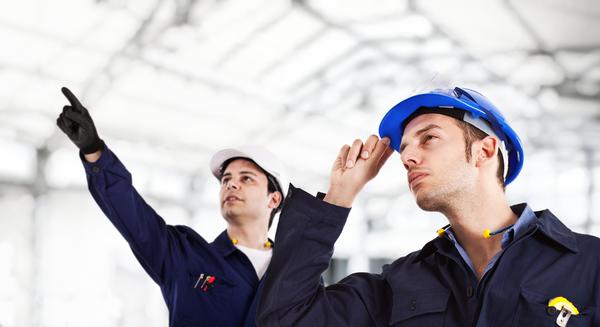Steam traps are an important and often overlooked part of a steam system. They should always be installed correctly to ensure that they operate in the manner that they were designed to do. A large percentage of steam traps fail to work correctly due to incorrect installation.
Steam traps are devices that automatically trap steam and discharge condensate from steam systems. Air and other incondensable gases, must also be discharged. Depending on the shape of the steam system separate air vents may be required to prevent the formation of air pockets. Therefore incorrectly functioning steam traps can lead to:
- Steam loss, which wastes energy and therefore increases operating costs.
- Condensate logging, which can lead to production issues, as well as possible safety issues.
Types of steam traps
Steam traps operate in many different applications, pressures, temperatures, and locations. There is no way that one size or type of trap can be suitable for all of these. Therefore steam traps come in different types and sizes.
Under ISO 6704:1982 there are three classifications of steam traps. These can be defined below:
- Thermodynamic steam traps rely on the formation of “flash” steam. The most typical type of steam trap in this group is the thermodynamic disc type trap. The disc in the trap shuts when flash steam leaks round onto the top of the disc. Condensate however lifts the disc and can flow away.
- Mechanical steam traps are ones which operate by the change of the mediums density. Condensate (water) will cause the mechanical device in the trap (float or bucket) to open the valve which allows the condensate to be removed from the trap. Steam being of lower density than condensate will cause the valve to close and shut so steam cannot flow.
- Thermostatic steam traps are ones which operate by a change in temperature. They open when they sense the lower temperature of the condensate and close when they come in contact with the higher temperature of the steam.
Assuming that the trap has been selected correctly, care should be taken to ensure that the manufacturer’s instructions are adhered to when installing. This table can be used as a guide:
| Steam Trap Type | Aids to installation |
| Thermodynamic traps | Should preferably be installed horizontally so the disc inside can move up and down vertically. The arrow on trap body should point in direction of flow. Horizontal installation improves the life of the trap. If sight glasses are used they must be positioned a minimum of 1 m (3 ft) downstream as a TD trap has a blast discharge action. Due to this blast discharge action, discharging into a flooded condensate main should be avoided as noise can result. Insulating covers should be fitted if the steam trap is to be located in an external location where it would be exposed to rain, snow, or cold winds. |
| Ball float traps | In these types of steam traps condensate lifts the float which allows its discharge. Steam does not lift the float and the trap exhaust valve stays closed as a result. Therefore a ball float trap should be installed the correct way up. The inlet and outlet orifices are in different positions on the inside of the trap casting to allow the trap to function correctly. So the flow arrow on the trap body should point in direction of flow, to ensure that condensate flows the correct way through the inlet and outlet orifices. Provision must be made to protect against frost damage in environments where they may be exposed to temperatures below freezing point as the steam trap is not self-draining. |
| Inverted Bucket traps | The inverted bucket inside this type of trap needs to freely move in the vertical plane. Therefore the steam trap needs to be the correct way up. The flow arrow on trap body should point in direction of flow. To work correctly this type of trap requires a ‘water seal’ in its body. This should be done at commissioning, by slowly opening the inlet valve isolation valve, and then the outlet isolation valve. If the trap does not have enough start up condensate to ‘prime’ itself, it should be shut off, and water be manually poured into the body. The trap can freeze in exposed locations. |
| Balanced pressure traps | The flow arrow on trap body should point in direction of flow. |
Depending on the application it would be normal for the steam trap to be installed with other equipment around it to make a steam trapping station. A steam trapping would typically consist of upstream isolation, strainer, steam trap monitor (if fitted), steam trap itself, sight glass (if fitted), check valve, downstream isolation.

